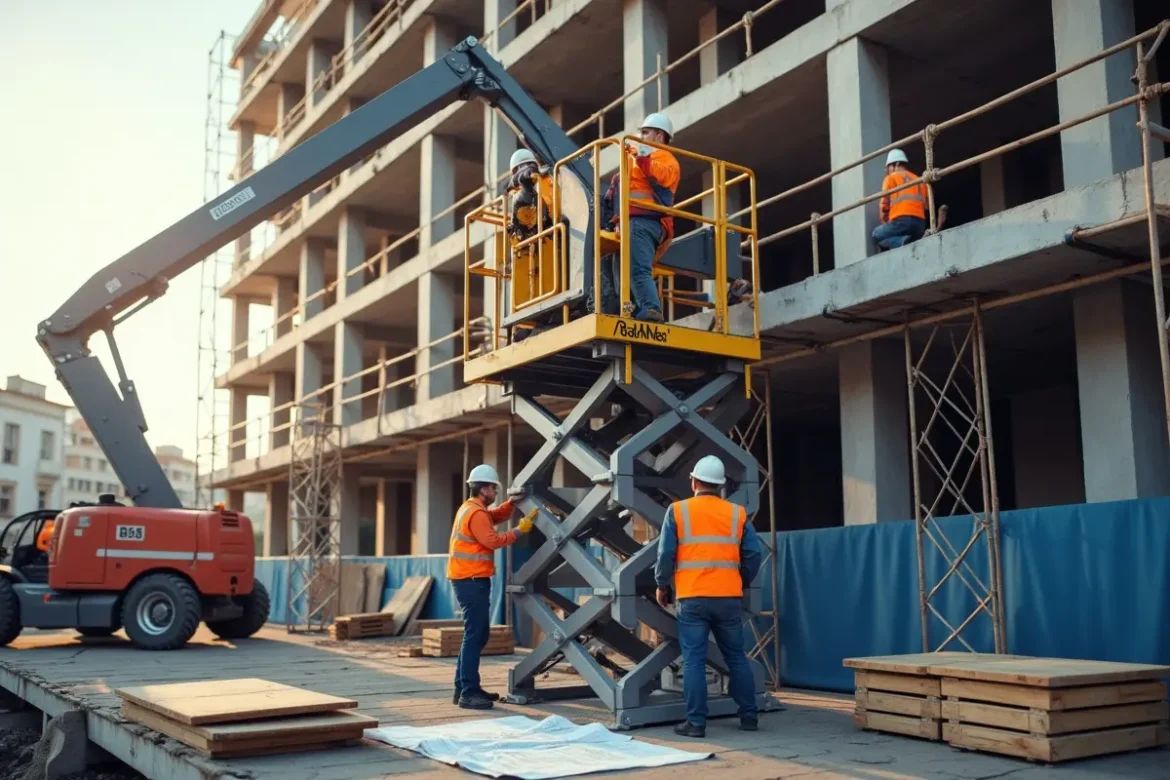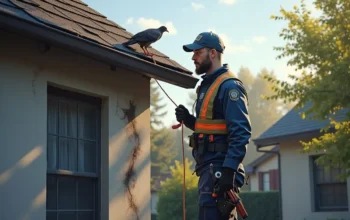How Construction Teams Handle Complex Platform Lift Installations
Platform lift installations are some of the trickiest jobs construction teams face. There’s no getting around it – these projects demand way more coordination than your typical building work. You’re dealing with structural analysis, mechanical systems, and multiple trades that all need to work together perfectly. And when things go wrong (which they do), the complications pile up fast.
The thing is, construction projects today aren’t just about meeting basic accessibility requirements anymore. Clients want solutions that actually work well and look good too. This has completely changed how construction teams approach these jobs, forcing them to learn new skills and rethink their planning process.
Getting Started: Planning That Actually Works
Any construction team worth their salt knows that platform lift installations are won or lost in the planning phase. The structural assessment alone can take weeks, and that’s before you even start thinking about the mechanical side of things. Teams need to dig deep into existing foundations, check wall integrity, and figure out how this new system is going to play with everything that’s already there.
Here’s where it gets interesting – older buildings are full of surprises. The foundation might not be up to current standards, the electrical system could need a complete overhaul, and once you start opening up walls, who knows what you’ll find. Smart construction teams plan for the unexpected and build in extra time for these discoveries.
Getting the equipment to the installation site is another headache entirely. Platform lifts don’t exactly fit through standard doorways. Construction teams regularly end up removing windows, cutting temporary openings, or bringing in cranes just to get the components where they need to go. It’s the kind of logistics puzzle that keeps project managers up at night.
When Everyone Needs to Work Together
The coordination required for platform lift installations makes regular construction work look simple. You’ve got general contractors, electricians, structural engineers, and lift technicians all needing to hit their marks at exactly the right time. Miss the timing on electrical rough-in, and suddenly your whole schedule is shot.
Construction managers have figured out that bringing specialists into the conversation early saves everyone headaches down the road. Working with experienced providers like Alliance Platform Lifts gives construction teams access to technical knowledge that can spot problems before they become expensive disasters. This kind of partnership has become essential when budgets are tight and there’s no room for delays.
The communication side gets really critical once the actual mechanical installation starts. Platform lifts involve hydraulic systems, electrical controls, and safety mechanisms that all have to work together perfectly. Teams that set up clear communication channels and stick to regular check-ins find their projects run much smoother than those trying to wing it.
Structural Work That Makes or Breaks the Job
Every platform lift installation means structural modifications, but the complexity varies wildly depending on what you’re working with. Steel-frame buildings usually give you more options, masonry structures have their own quirks, and concrete buildings? Well, they present a whole different set of challenges and opportunities.
Load calculations become crucial when you’re adding platform lifts to existing buildings. Construction teams have to make sure the concentrated loads from lift machinery don’t push the building past its limits. This often means adding reinforcement, creating new beam systems, or sometimes building entirely new structural elements from scratch.
Heritage buildings add another layer of complexity that can drive construction teams crazy. You’re trying to meet accessibility requirements while keeping preservation people happy. It’s a balancing act that often requires custom solutions and a lot of creative problem-solving. The engineering challenges in these situations test even experienced teams.
The Reality of Installation Day
When it comes time for the actual installation, construction teams face a logistics nightmare. Platform lift components arrive in multiple shipments, often need special handling equipment, and require secure storage until installation. Project managers spend a lot of time coordinating deliveries with installation schedules while making sure nothing gets damaged or goes missing.
Timing becomes everything during installation. Platform lifts often mean entire building areas become off-limits for days or weeks, which affects other work and can disrupt building operations. The best construction teams develop detailed sequencing plans that minimize these disruptions while keeping the project moving forward.
Weather throws another wrench into the works, especially for projects that involve exterior access or crane work. Construction teams have learned to build flexibility into their schedules and always have backup plans ready for weather delays.
Making Sure Everything Works Right
Platform lift installations require way more testing and quality control than typical construction work. Construction teams need to verify that safety systems work correctly, load testing meets specifications, and every detail complies with codes and standards. There’s no cutting corners on this stuff.
The testing phase brings in multiple people – lift technicians, building inspectors, sometimes third-party certification bodies. Construction teams that understand these requirements and prepare for them avoid delays and get their projects wrapped up smoothly.
Documentation for platform lift installations often goes way beyond normal construction records. Teams need detailed records of modifications, testing results, and compliance certifications. This paperwork becomes crucial for building operations and future maintenance work.
When Things Go Wrong (Because They Do)
Even the best-planned platform lift installations hit unexpected problems. Construction teams develop a sixth sense for recognizing common issues before they turn into major disasters. Electrical interference, surprise structural conditions, and coordination breakdowns between trades are the usual suspects.
Smart construction teams build relationships with specialists who can respond quickly when problems pop up. Having that network of expertise often makes the difference between a minor delay and a project-threatening disaster.
The most successful teams approach platform lift installations knowing they’re complex and expecting challenges. This realistic mindset leads to better planning, more accurate schedules, and projects that actually finish on time and on budget.
What Works for Construction Success
Platform lift installations require specialized knowledge, careful planning, and coordination between multiple trades that goes beyond normal construction work. Construction teams that take time to understand these requirements, build strong relationships with qualified specialists, and stay flexible in their project management consistently deliver installations that work well and meet project deadlines.




